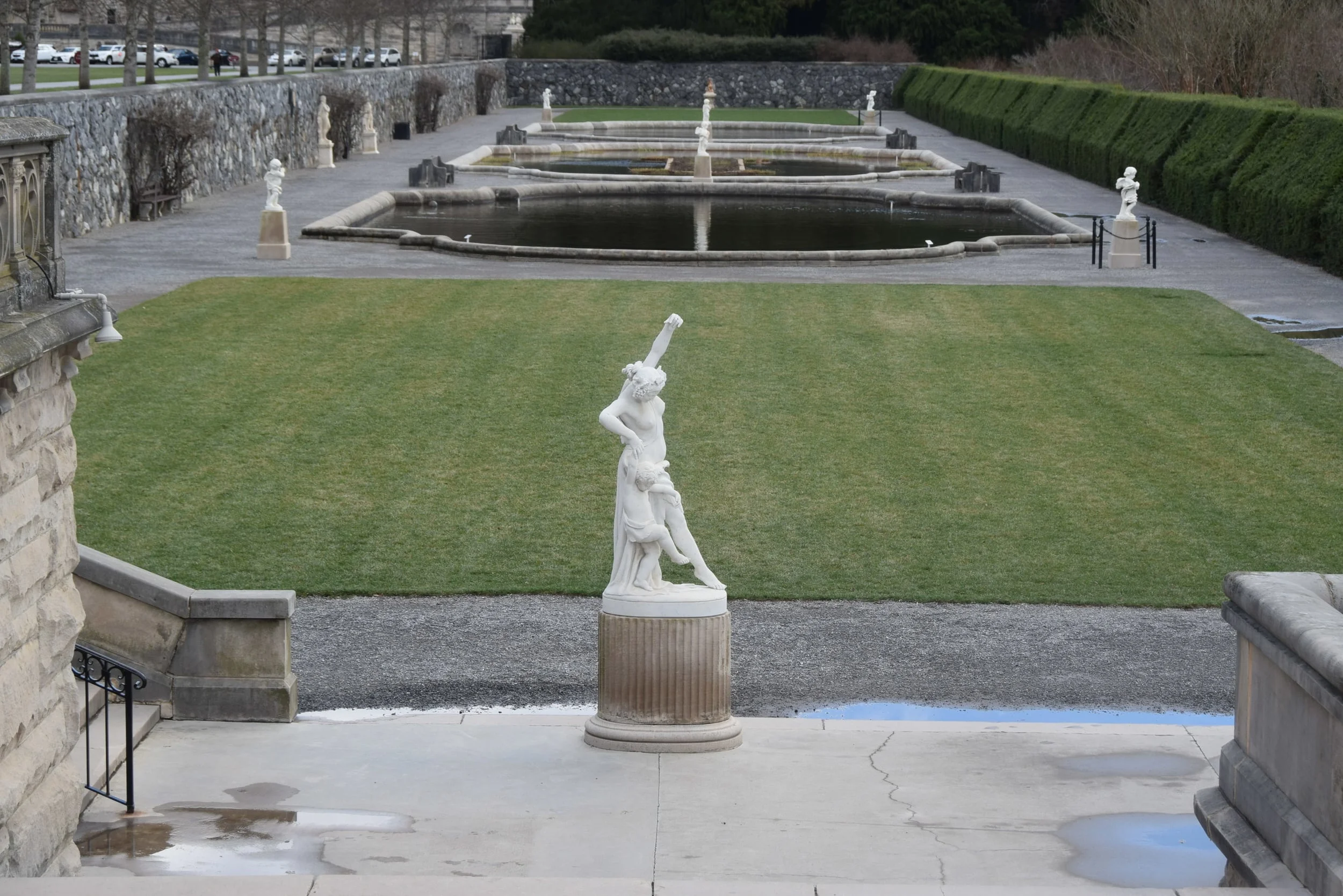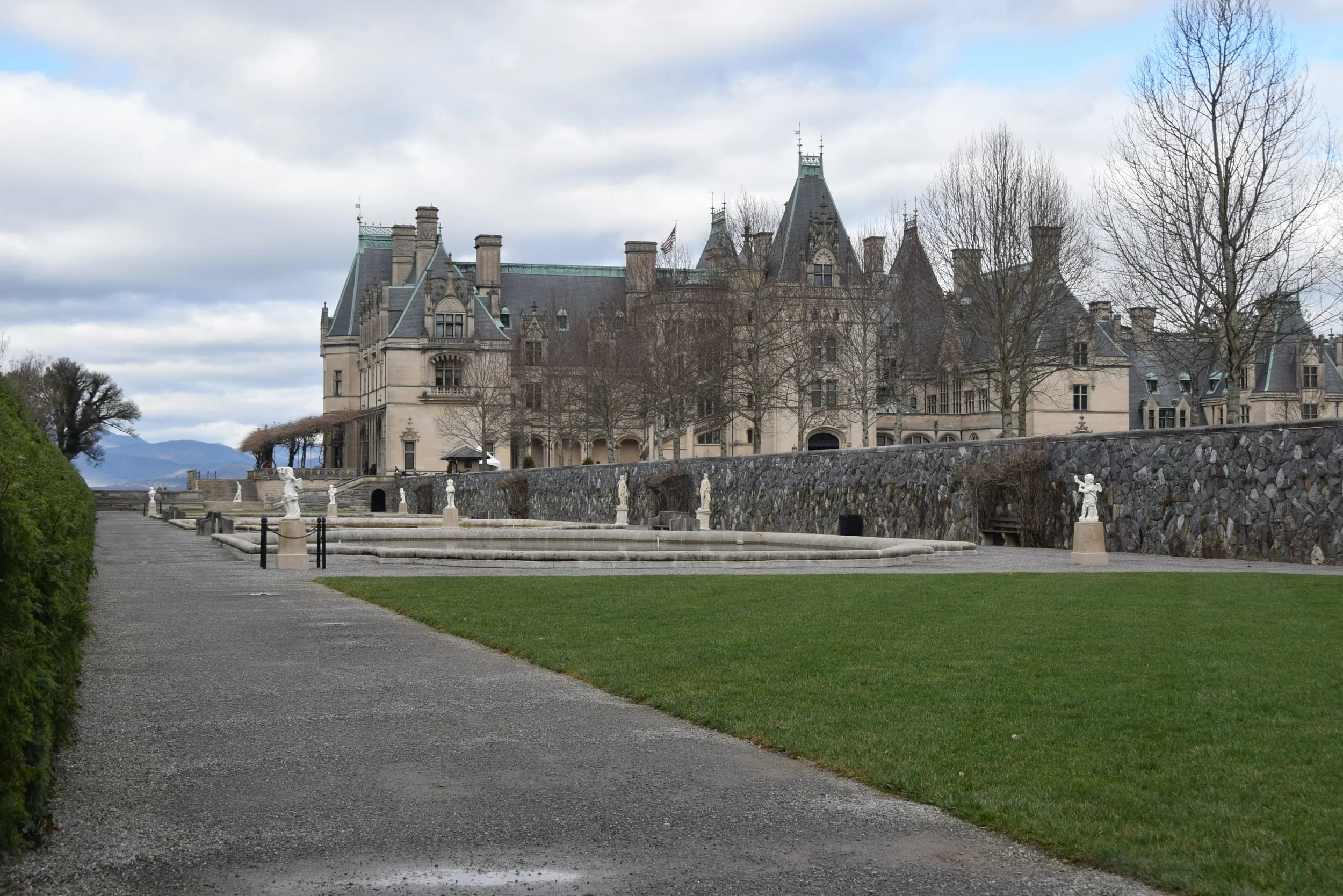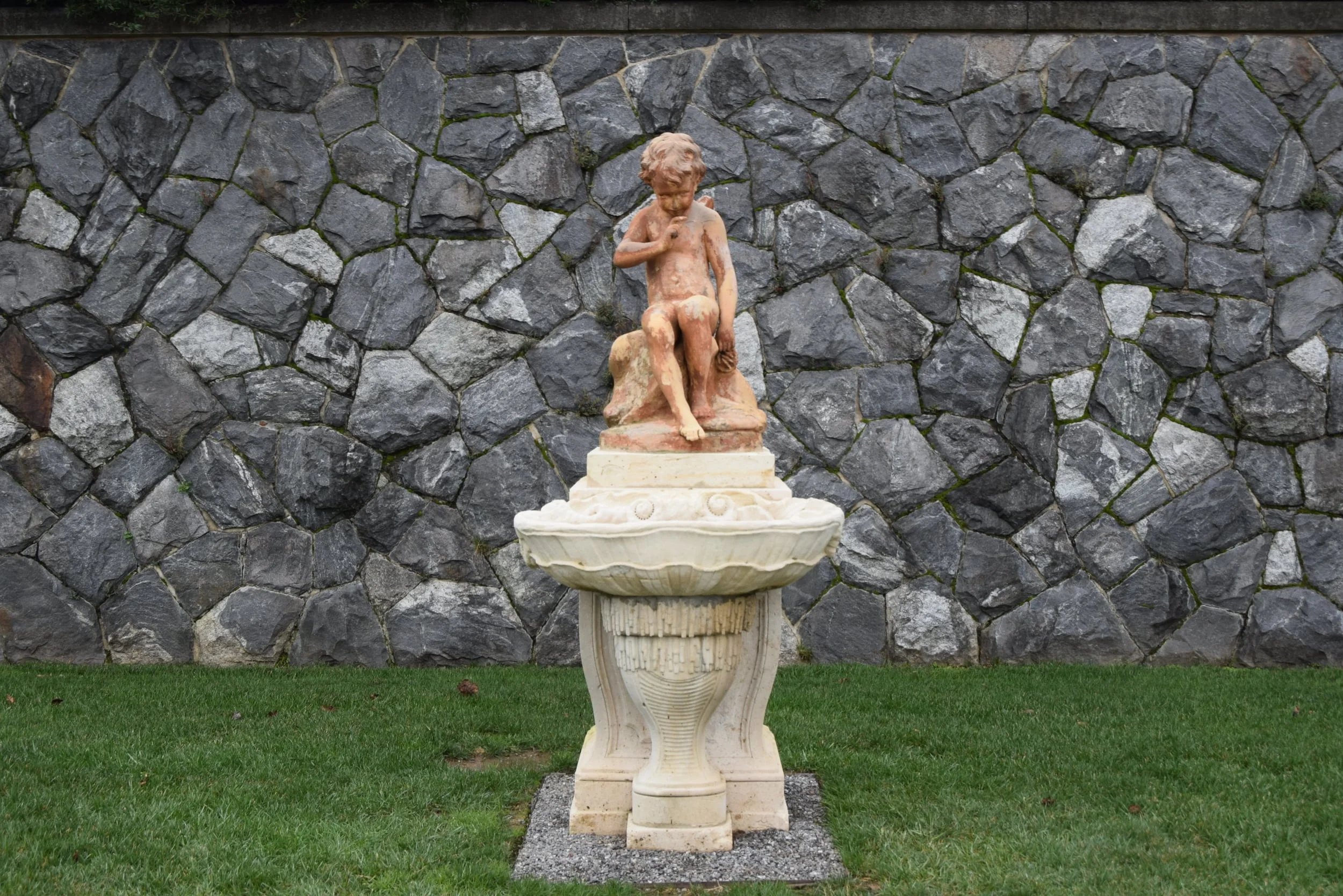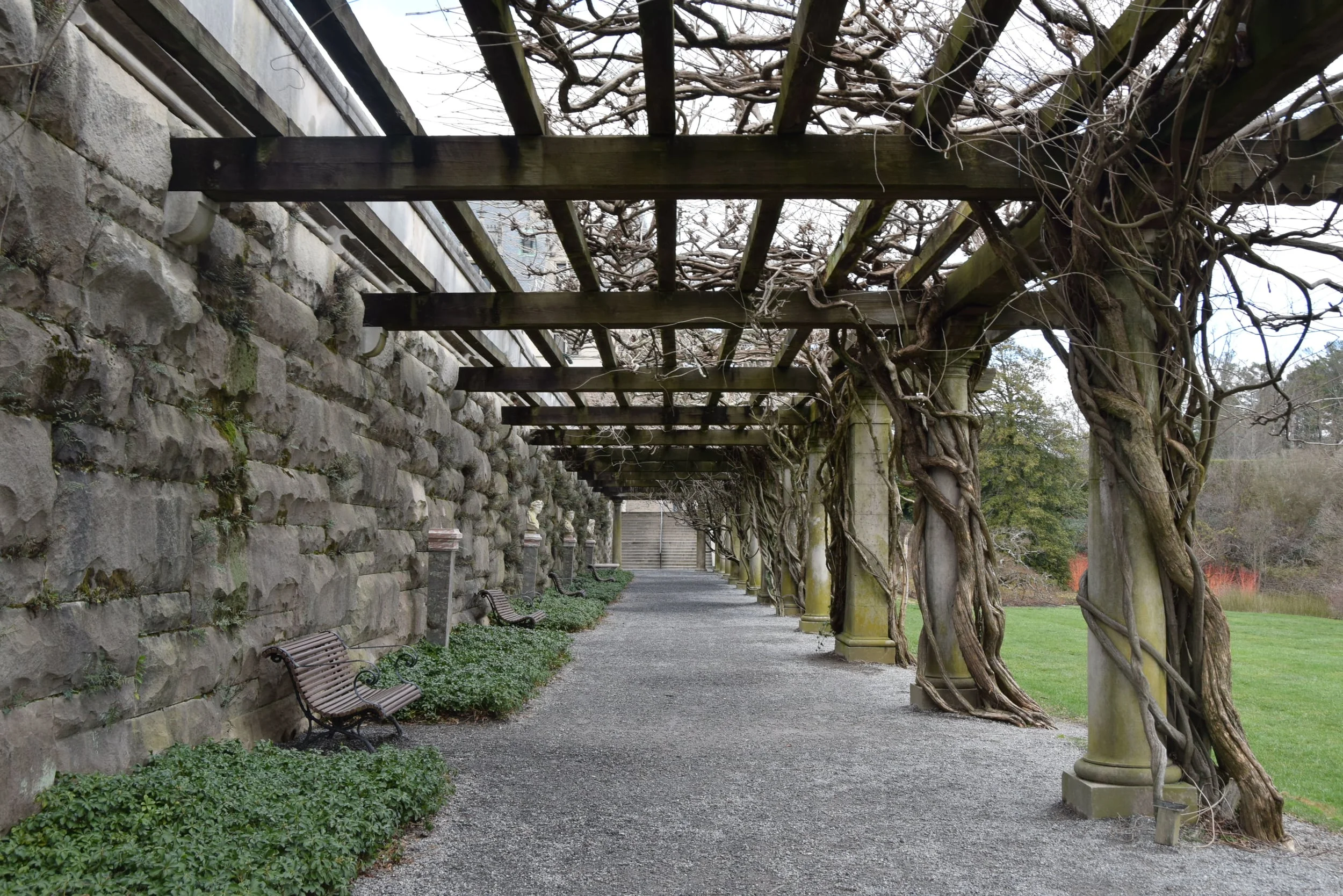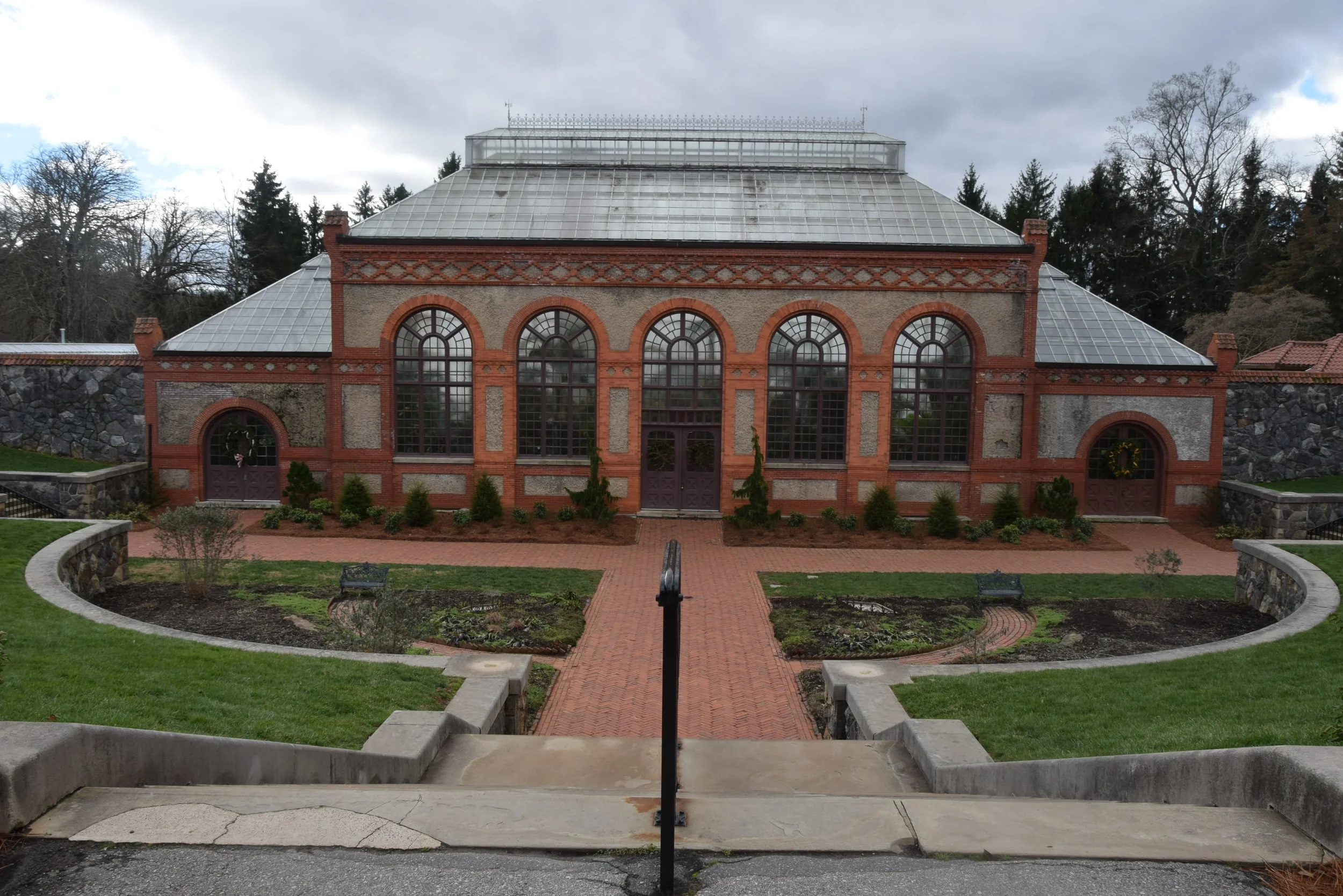Visiting Biltmore Estate has been on my bucket list for awhile. I have a thing for Gilded Age mansions specifically, and home museums, in general. Each time I visit one, the guide or someone on the tour asks, “have you been to Biltmore?”
That’s why I decided to go.
It’s the largest private residence in the U.S., once sitting on 125k acres of land. The actual house, a French Renaissance chateau, is 175k square feet with 250 rooms, 43 bathrooms and 65 fireplaces.

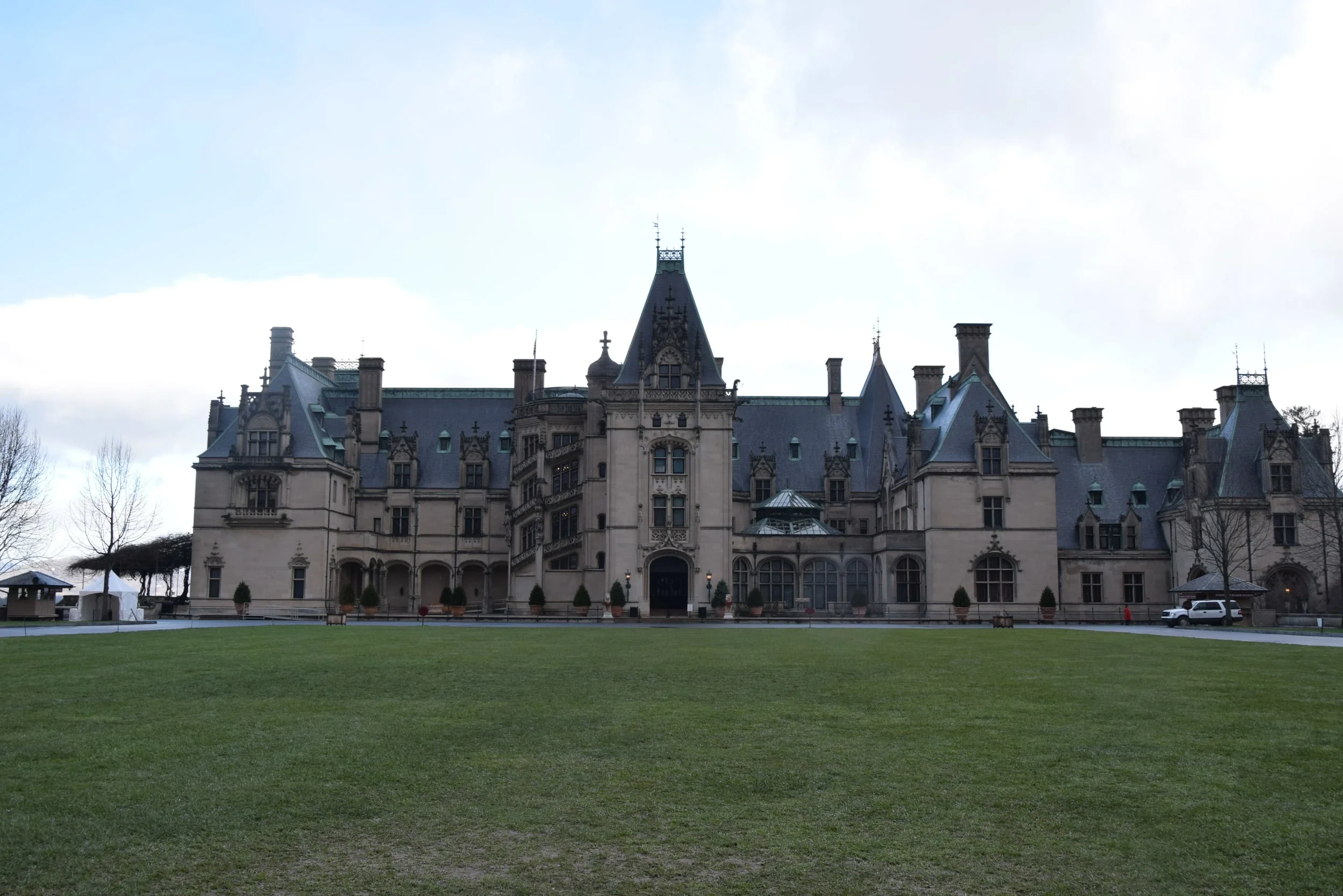
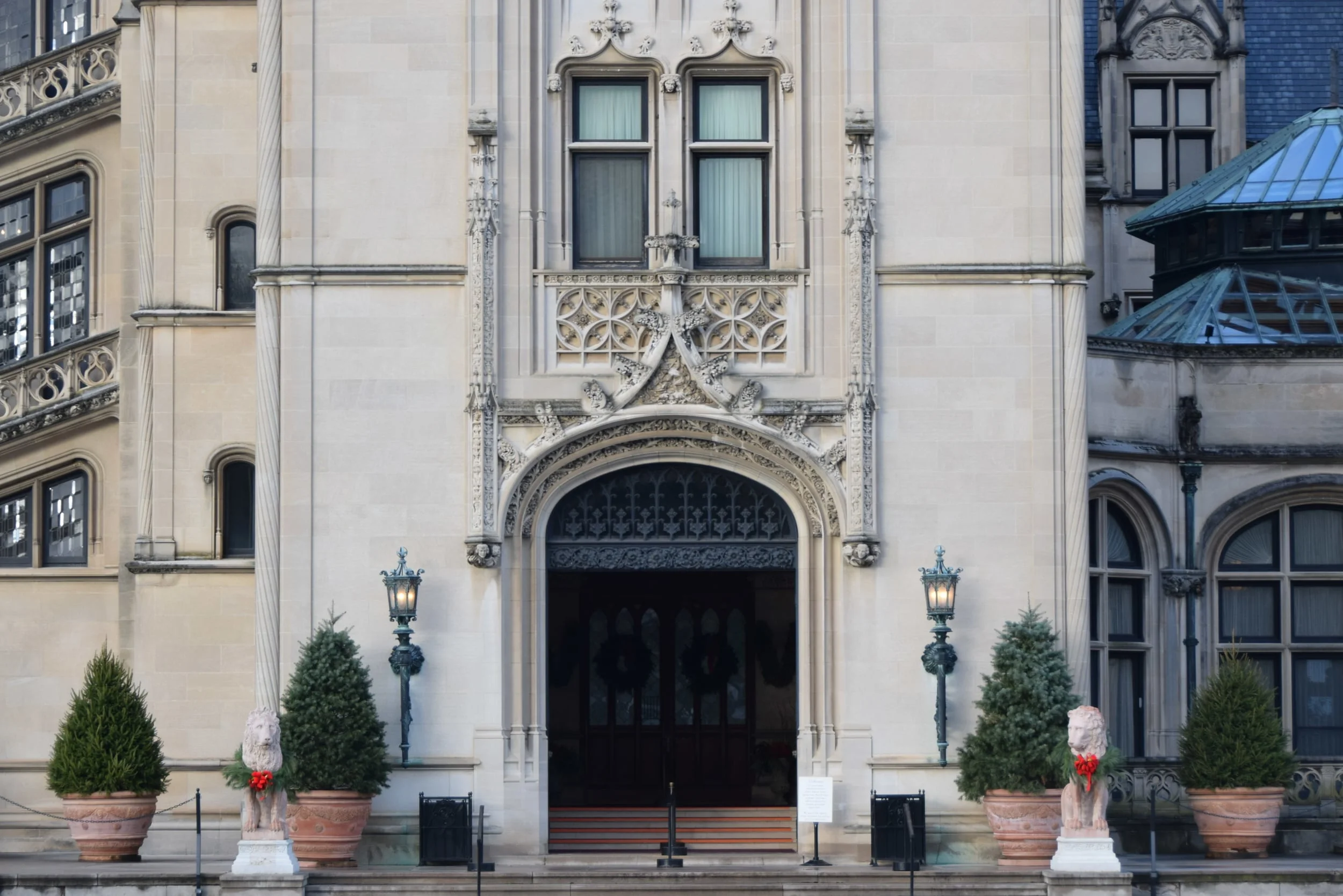

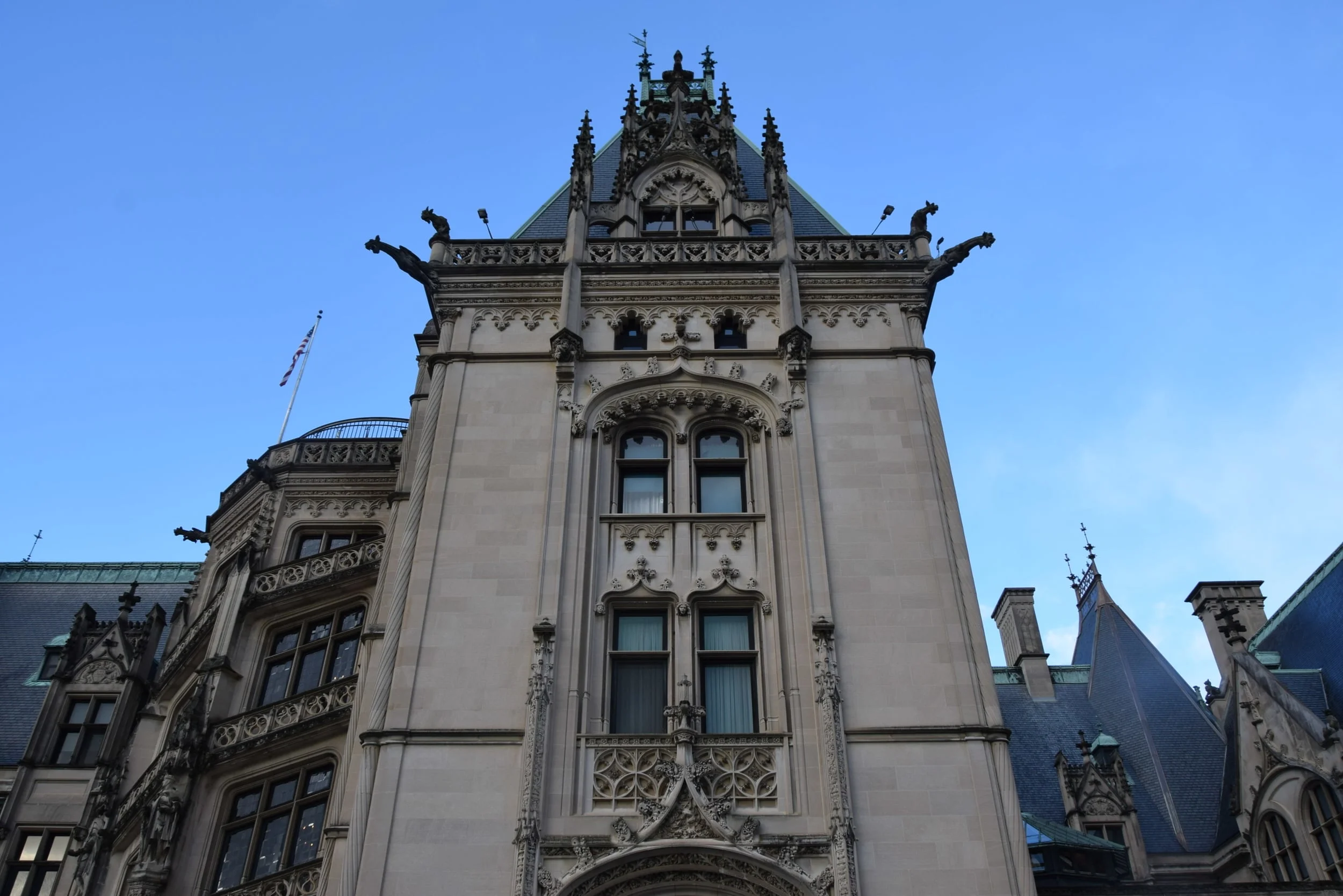

Um… in many ways I wasn’t all that impressed. Biltmore’s big. The size of the house and the estate will absolutely give you pause. The gardens are beautiful, even barren in the winter. The view of the Blue Ridge mountains is breathtaking.
The Blue Ridge Mountains, no Photoshop or other alteration.
Oh, and the gardens.
But in terms of décor and class inside the actual house? Meh.
PLEASE NOTE: Photos/video are NOT allowed inside the Biltmore Mansion. The interior pics are from the Biltmore website. You can view more interior images HERE.

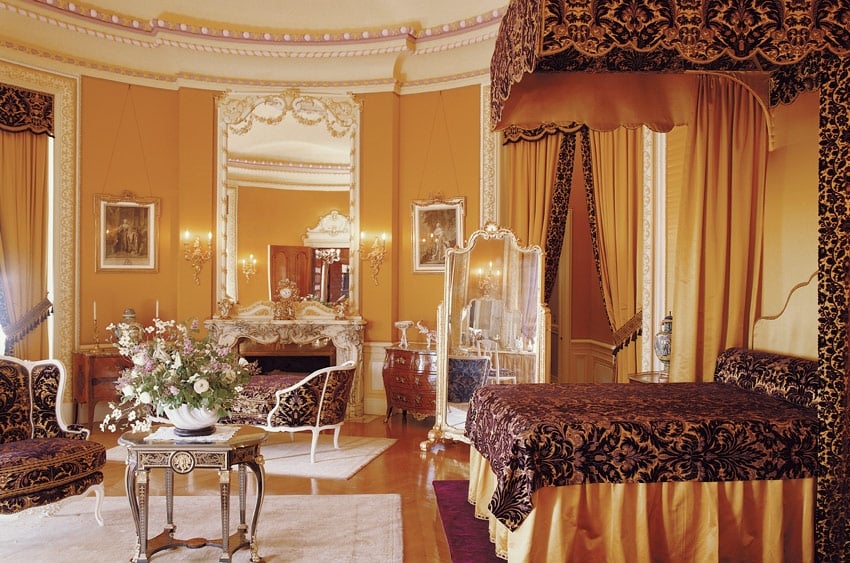
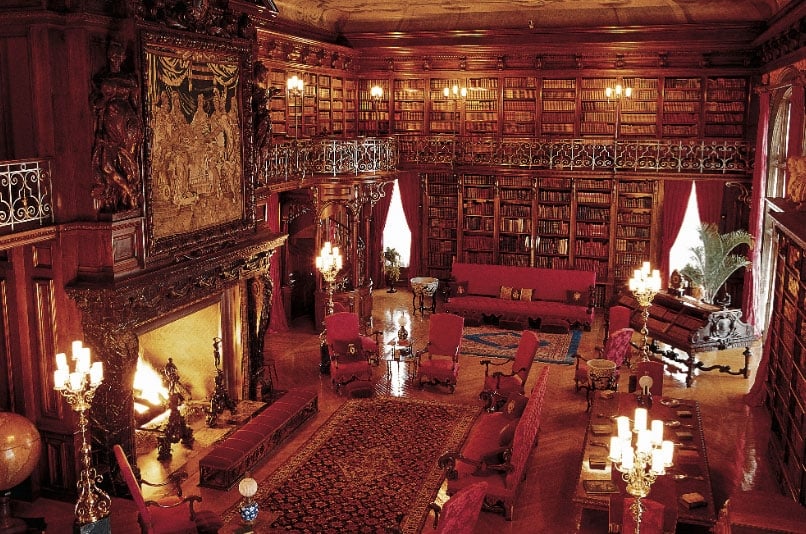
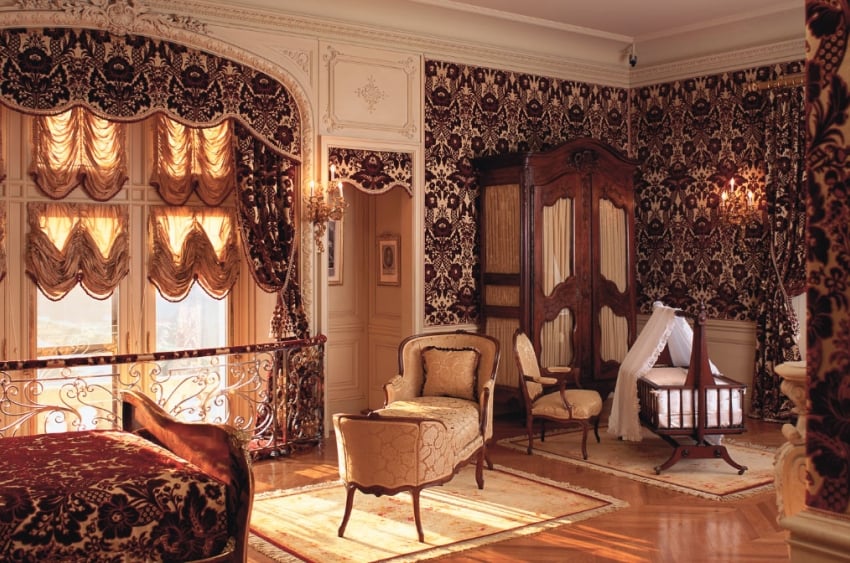
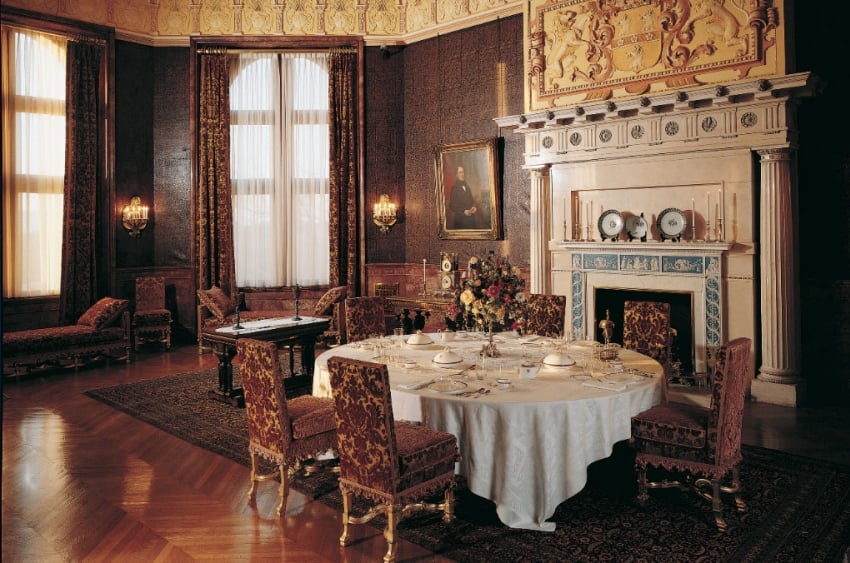
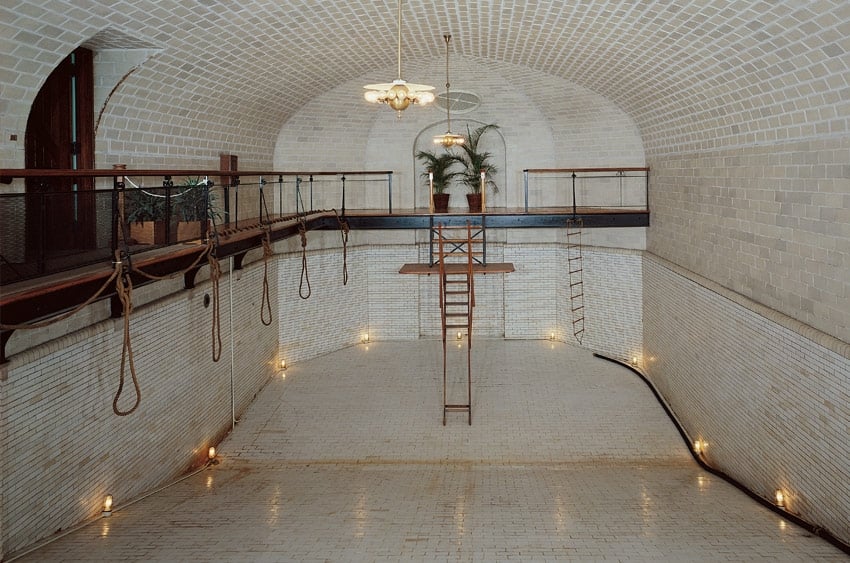
Biltmore has a lot of rooms and stuff. There’s an indoor winter garden, a double-lane bowling alley, a “formal dining room” that spans 70 x 40 feet with a triple fireplace and a 7-story ceiling, a library with 10k books out of a 25k collection. The scope is amazing. The amount of stuff in the gigantic house is holy-crap-insane. But the actual stuff? Hillwood, The Society of the Cinciannti and Maymont (which I'll post soon) are more beautiful, by far. So are the Breakers and Marble House in Newport. Go there if you want to see what amazing looks like.
There’s another reason I wasn’t all that floored with Biltmore—I know the real “cost” of the estate. Let me explain:
George Washington Vanderbilt II, the grandson of Cornelius Vanderbilt who actually amassed the family fortune, spent $5m building Biltmore in 1895. That’s the equivalent of about $90 million now. It was originally built as a bachelor’s pad. Seriously.
Just to give you an idea of the extra involved here, in addition to just building the house: the estate is in the middle of Nowhere, North Carolina. It required Vanderbilt to build a temporary railroad track that came out to the estate to transport materials and laborers. He “manicured” not just the lawn, but the surrounding 125k acres forest with the help of Frederick Law Olmsted, aka the guy who designed Central Park. Then he had to furnish the estate via curators and hands-on souvenirs from around the world. And he kept a staff of 40 people, half of(the women) whom were housed and fed on the estate. And he paid them NYC wages in North Carolina. And then the family hosted lavish parties to entertain because why else do you really build a house that big if not to invite people over to marvel at it?
GWV II spent his entire fortune building and maintaining the estate. (There’s a great article in Forbes, “How American Royalty Lost Their Crown” about what happened to the Vanderbilt fortune.) In short, they donated a lot of it, and spent the rest on stupid sh--, like big ass houses and keeping up appearances.
Biltmore's indoor pool, courtesy of Biltmore Estate
Example of stupid sh--: Biltmore has an indoor 70k gallon swimming pool, but technology of the time didn’t allow for a proper cleaning system. So they know how to fill the pool, heat the pool, and light the pool, but anyone who took eigth grade biology should know what happens to sitting water, especially in a humid environment after a couple days. (Short answer: it becomes a science experiment). The other problem: swimming wasn’t popular. Most people didn’t know how. So yes, there’s an indoor pool, and that’s really impressive, but you can barely use it.
Womp.
So yeah, Biltmore is big, but not beautiful. And it’s essentially a monument to GWV II, which was probably the real point all along.
Oh, one thing that I was majorly impressed by: brunch. Deer park was a former cattle barn-turned-restaurant.

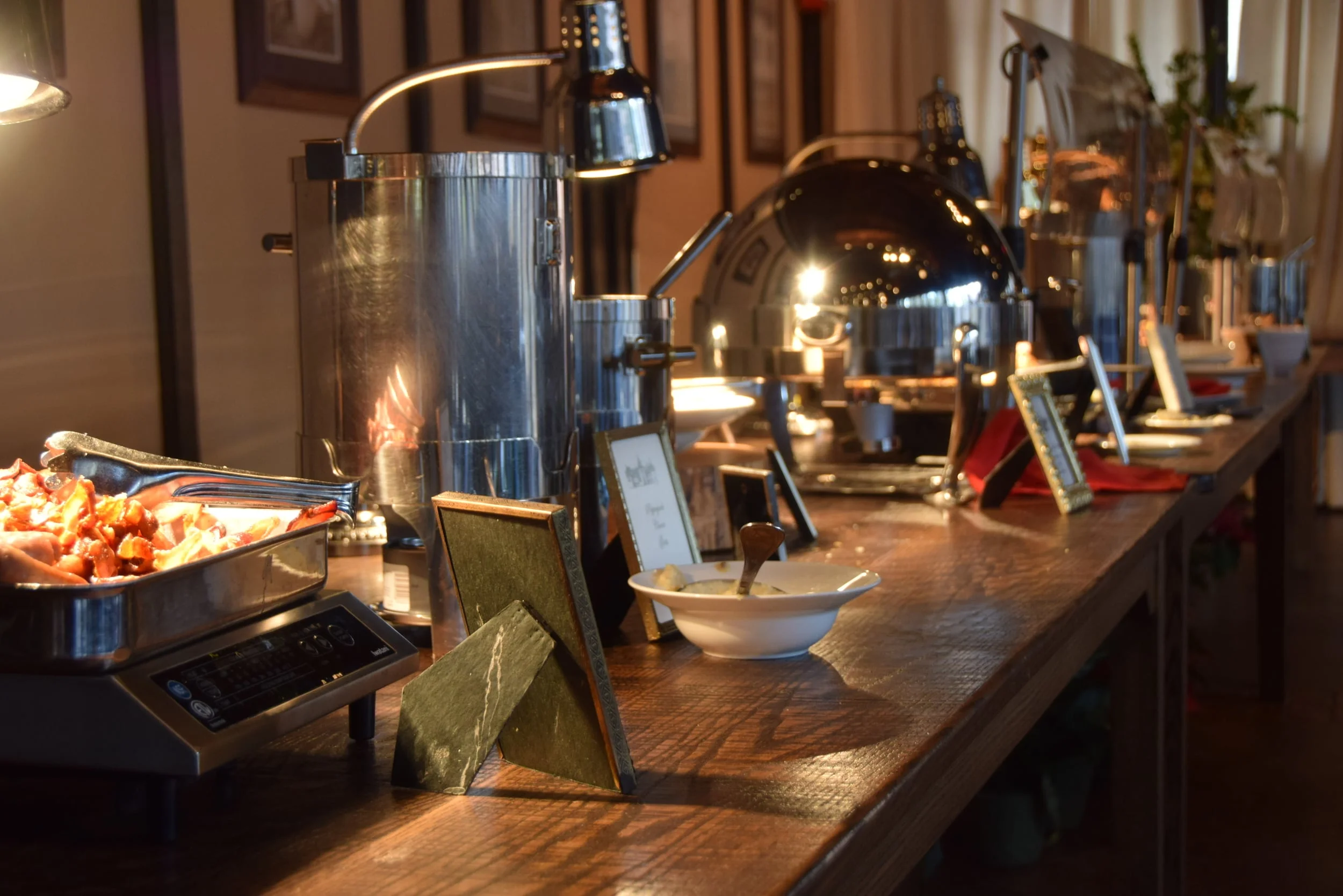


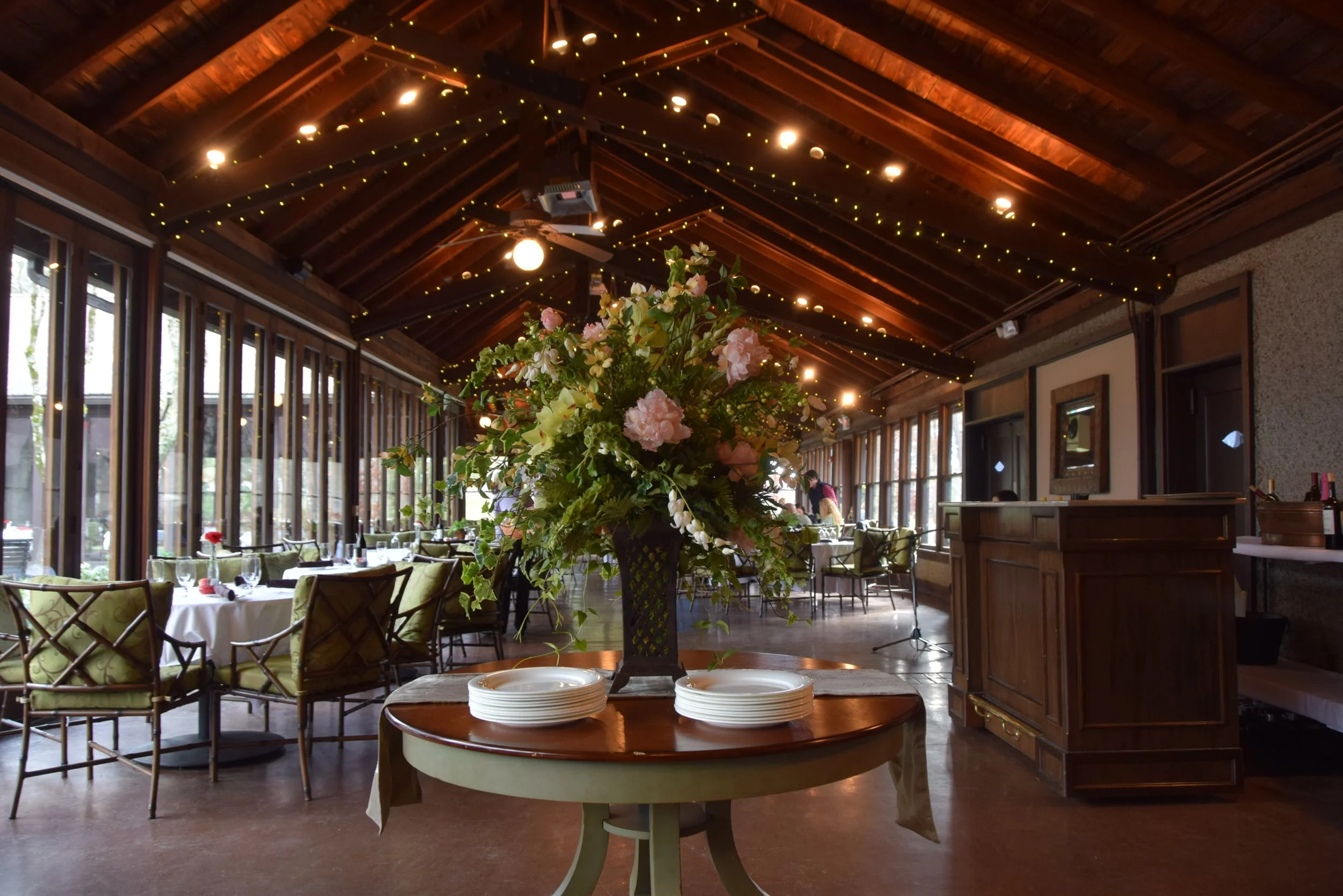
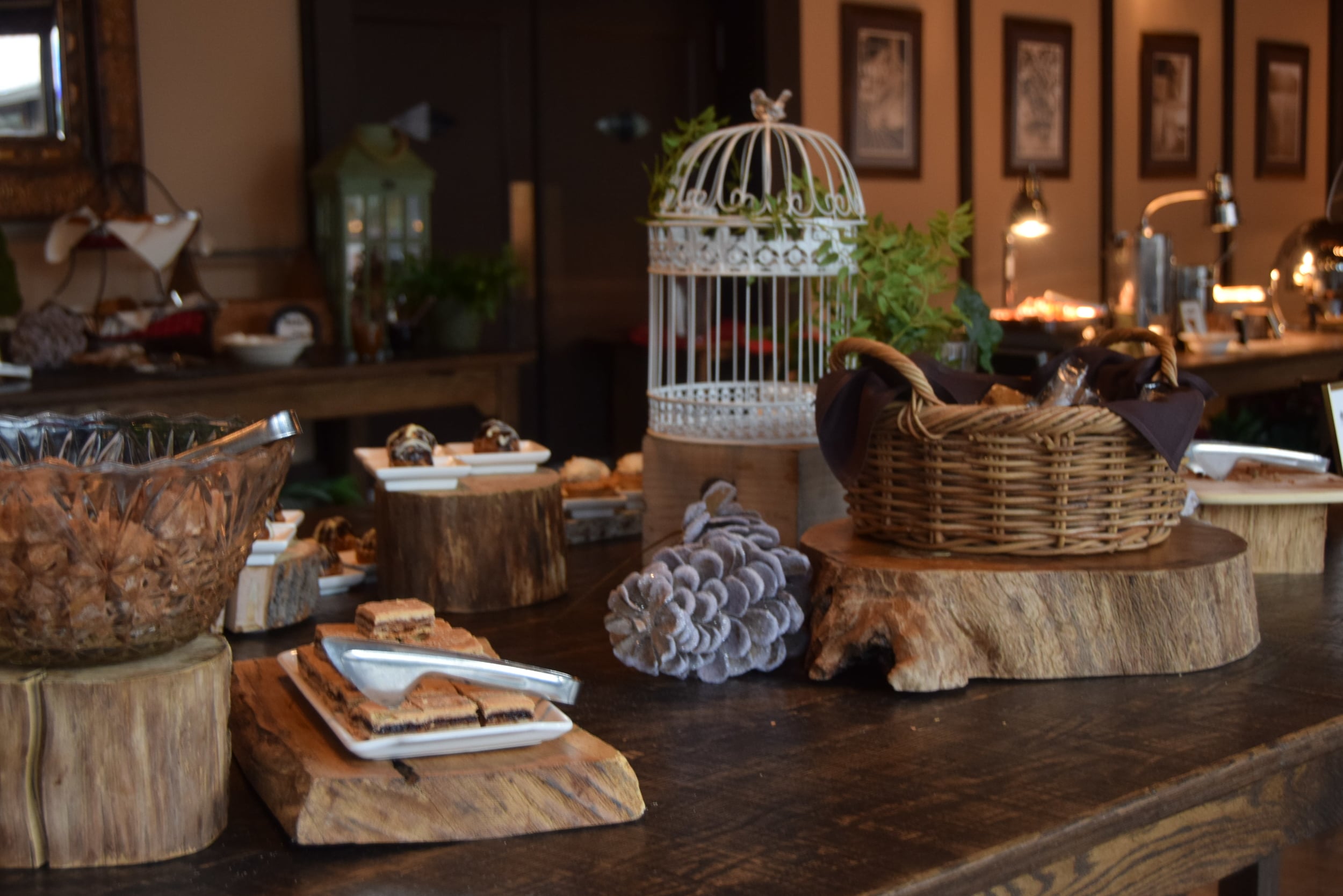
Super cute and the chefs are divine. For $32 on weekends, it’s a brunch buffet with omlette and meat stations, respectively. The sweet tea and cheddar grits are heavenly. Ifyou visit the estate, you MUST eat at Deerpark. Everything else is optional.
If you'd like to visit the estate: GO HERE.


